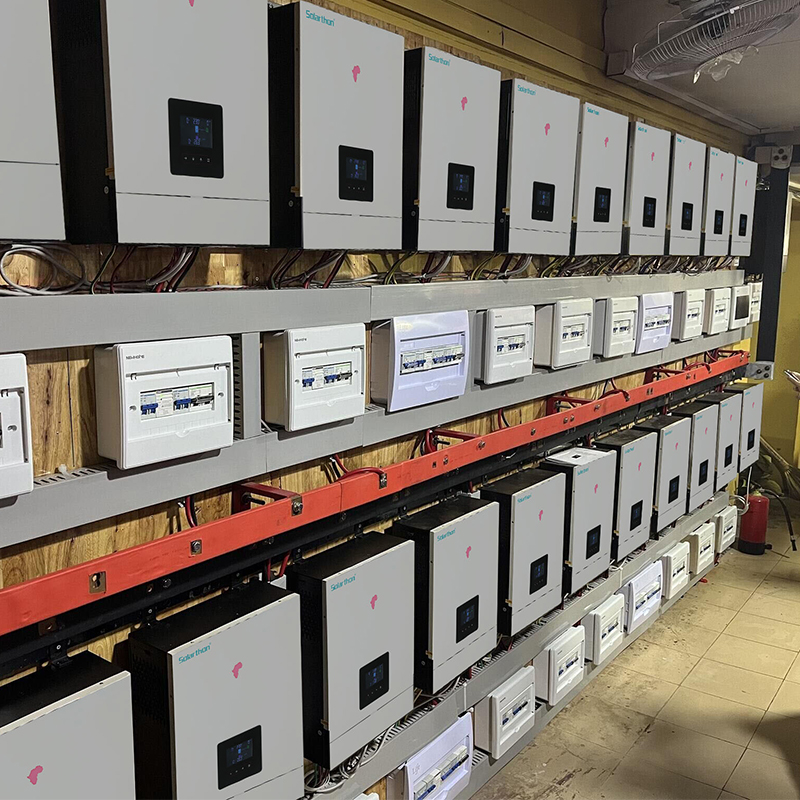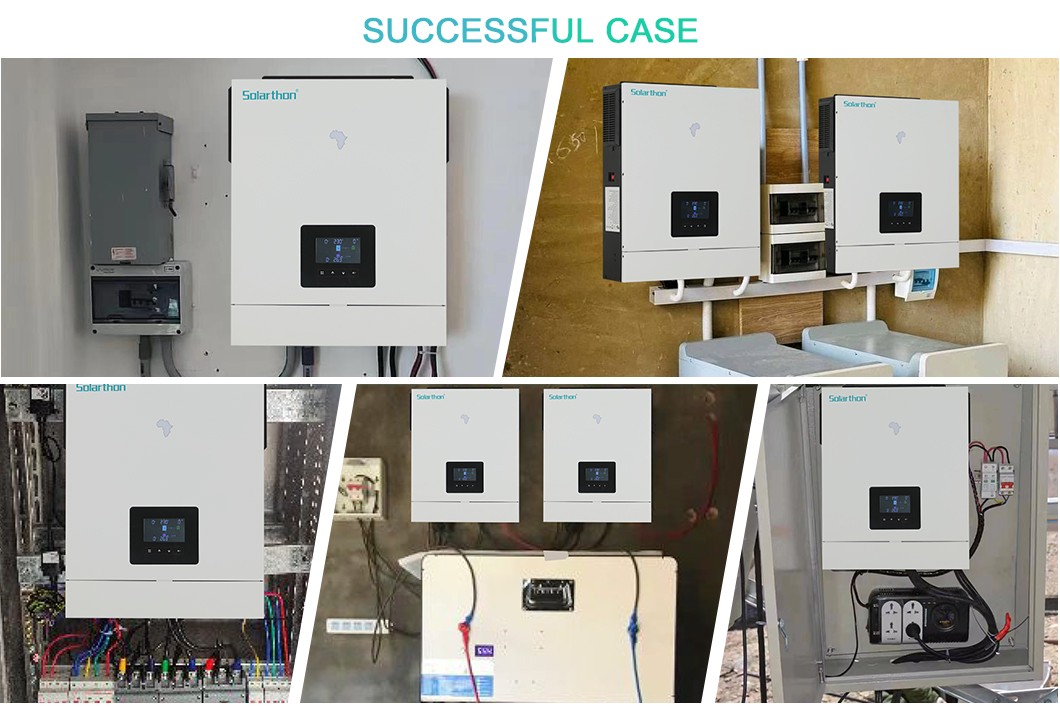The demand for solar inverters in the Southeast Asian market will continue to grow in the coming years, especially against the backdrop of policy support, technological advances and increased environmental awareness,The following are the advantages and challenges of the future solar inverter market forecast.
Market status and growth trend

1.Rapidly growing demand:
Southeast Asian countries such as Vietnam, Thailand, Malaysia, the Philippines, etc., due to their abundant solar energy resources and government support for renewable energy, solar power projects have increased rapidly.
It is expected that in the next few years, these countries will continue to promote the construction of solar projects, thus driving the demand for sun inverter.
2.Policy support:
Many Southeast Asian countries have introduced policies to encourage the use of renewable energy, including subsidies, tax incentives and net metering policies.
For example, the Vietnamese government has promoted the development of solar power through a series of incentives, including feed-in tariffs (FIT) and net metering policies.
3.Technological progress:
The technology of solar inverters continues to improve, the conversion efficiency continues to improve, and the cost is gradually reduced.
The application of intelligent inverters and microgrid technology makes the system more flexible and reliable, attracting more users.
4.Application field:
Demand for solar inverters is increasing in multiple sectors such as residential, commercial, industrial and utilities.
The penetration rate of distributed Solar PV System in urban and rural areas continues to increase.
Future market forecast
1. Market size:
It is expected that by 2025, the scale of the solar inverter market in Southeast Asia will further expand.
According to the International Energy Agency (IEA), renewable energy generation will continue to grow in the next few years, especially solar electric system.
2.Regional market:
Vietnam and Thailand will continue to be the largest solar inverter markets in Southeast Asia.
The Malaysian and Philippine markets will also maintain steady growth.
3.Technological innovation:
More efficient inverter technologies will continue to emerge, driving market demand.
The development of battery energy storage technology will make solar inverter systems more flexible and reliable.
Market driver

1.Cost reduction:
The cost of solar inverters has dropped dramatically over the past decade, making their economics even more attractive.
There is still room for costs to fall in the future, which will further stimulate market demand.
2.Policy support:
Policy support from governments will continue to be a key factor driving the market.
Policy stability has an important impact on investor confidence.
3.Environmental awareness:
Environmental awareness is increasing globally, and consumers and businesses are placing increasing emphasis on sustainability.
Businesses and homes are choosing solar inverters as a way to reduce their carbon footprint.
4.Technological innovation:
Technological innovation not only improves the performance of solar inverters, but also expands their application range.
The development of smart grid and microgrid technologies will further enhance the flexibility and reliability of solar inverter systems.
